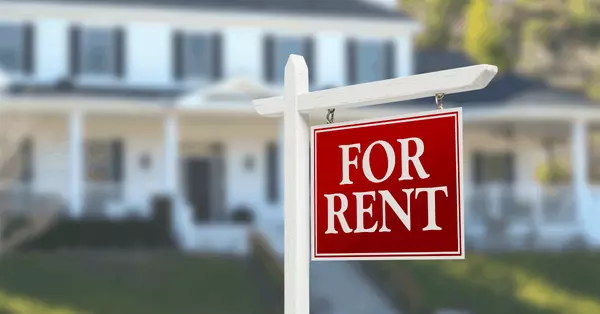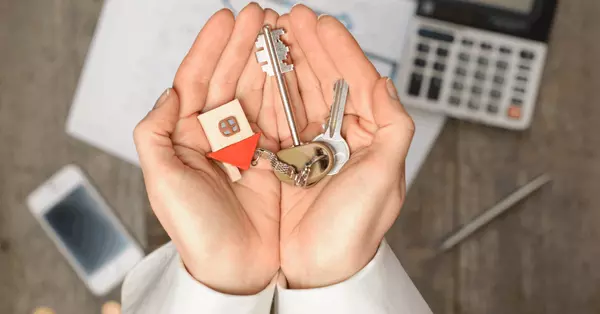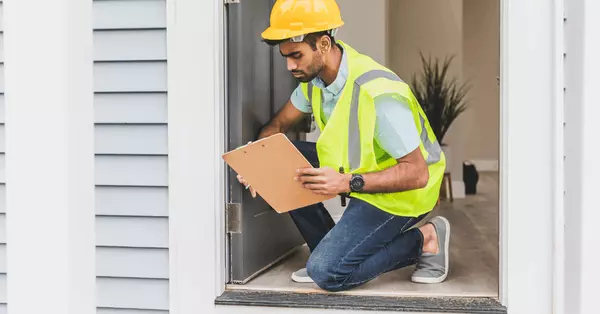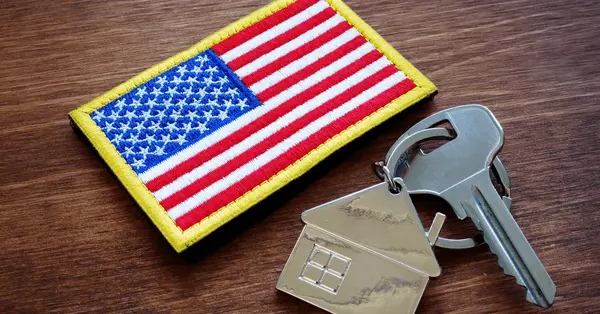Cash-Out Refinance: A Comprehensive Guide for Homeowners

With the rise in home values across much of the country, many homeowners now have substantial home equity. If you're looking to tap into that equity for home improvements or to pay off high-interest debt, a cash-out refinance could be a viable option.
What is a Cash-Out Refinance?
A cash-out refinance allows you to replace your current mortgage with a new, larger loan. The difference between the two loans is the cash you can withdraw from your home’s equity. There are no restrictions on how you use the money you take out.
As you pay off your mortgage, part of each payment reduces the principal balance (the amount you originally borrowed), building equity in your home. Your home equity also grows if your property value increases. The amount of equity you’ve accumulated determines how much cash you can access with a cash-out refinance.
Cash-Out Refinance Example
Let’s say you bought a home for $300,000 and owe $200,000 on the mortgage. You’ve built $100,000 in equity. If you want to fund a $30,000 home renovation, you could get a new loan with a $230,000 principal — the remaining $200,000 mortgage balance plus $30,000 in cash. Closing costs are not included in this example.
Cash-Out Refinance Closing Costs
Closing costs for cash-out refinances range from 2-6% of the loan amount. These costs are typically higher than other refinancing options due to the complexity of the underwriting process. The amount depends on your loan size, term, and credit score.
Additionally, certain loan types may have fee caps. For example, conventional loans generally have a 3% fee cap, while FHA and VA loans can have higher costs, up to 6%. To reduce out-of-pocket costs, some lenders offer “no-cost” refinances, where fees are added to your loan balance or interest rate.
How Much Can You Take Out with a Cash-Out Refinance?
Most lenders require you to keep 20% equity in your home after the refinance. This means your loan-to-value (LTV) ratio can be no more than 80%. Keeping 20% equity helps you avoid private mortgage insurance (PMI) and reduces the risk of owing more than your home is worth if property values decline.
For example, if your home is worth $300,000, you must retain $60,000 in equity. The amount you can withdraw depends on your current mortgage balance and your home’s market value.
Eligibility for a Cash-Out Refinance
Homeowners with conventional or government-backed mortgages may qualify for cash-out refinances. You’ll typically need a credit score of at least 620, a debt-to-income ratio below 50%, and to have owned the home for at least six months (one year for FHA loans). Exceptions may apply in cases of inheritance, death, or divorce.
Should You Do a Cash-Out Refinance?
If you need cash and have sufficient home equity, a cash-out refinance can be a smart option, particularly if current interest rates are favorable. It’s also a good alternative to high-interest debt like credit cards, allowing you to consolidate debt or finance significant expenses.
Alternatives to a Cash-Out Refinance
- Home Equity Line of Credit (HELOC): A HELOC allows you to borrow against your home’s equity as needed, rather than in a lump sum.
- Home Equity Loan: A second mortgage where you receive a lump sum and make fixed payments alongside your primary mortgage.
The Cash-Out Refinance Process
- Check Qualifications: Ensure you meet minimum credit score, debt-to-income, and equity requirements.
- Determine the Amount to Withdraw: Decide how much cash you need, but avoid taking more than necessary to minimize interest payments.
- Shop for Rates: Compare rates from multiple lenders to secure the best terms.
- Apply and Lock in Your Rate: Submit a formal loan application and lock in your interest rate.
- Complete a Home Appraisal: An appraisal is often required to determine the home’s current market value.
- Pay Closing Costs and Finalize: Once you close the loan, you’ll receive your cash after a three-day waiting period.
Is a Cash-Out Refinance Right for You?
If you’re looking to access the equity in your home for major expenses, a cash-out refinance may offer an affordable way to do so, especially if you can lock in a lower interest rate.
Categories
- All Blogs (36)
- Buyer Stories (1)
- Buyer tips (7)
- Buyers (3)
- Buying (2)
- Buying Advice (3)
- Buying Assistance (3)
- Credit & Debt (2)
- Down Payment (1)
- Financing (8)
- Financing Options (1)
- First Time Home Buyer (20)
- Foreclosures (1)
- Interest Rates (2)
- Loans (4)
- Military (5)
- Mortgage Interest Rates (1)
- Mortgage Rates (1)
- New Construction (1)
- Personal Finance (2)
- Refinance (1)
- Tax tips (1)
- Title & Closing (1)
- VA Loans (1)
Recent Posts










